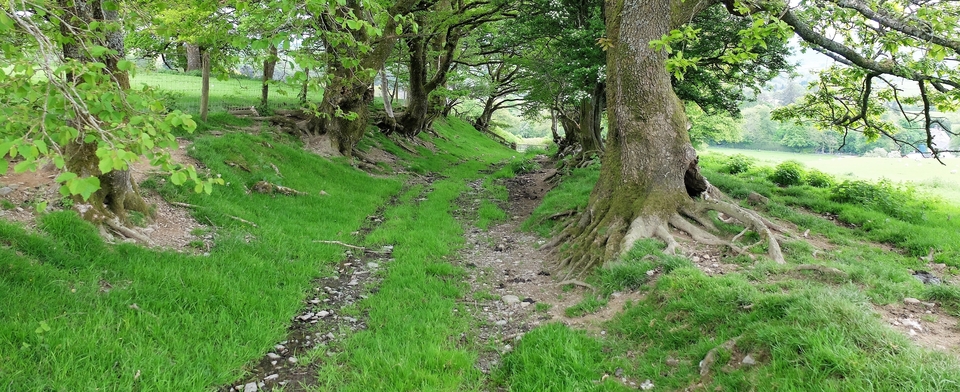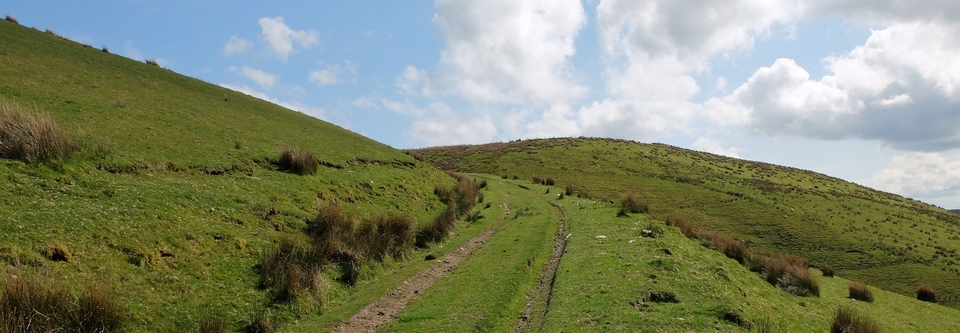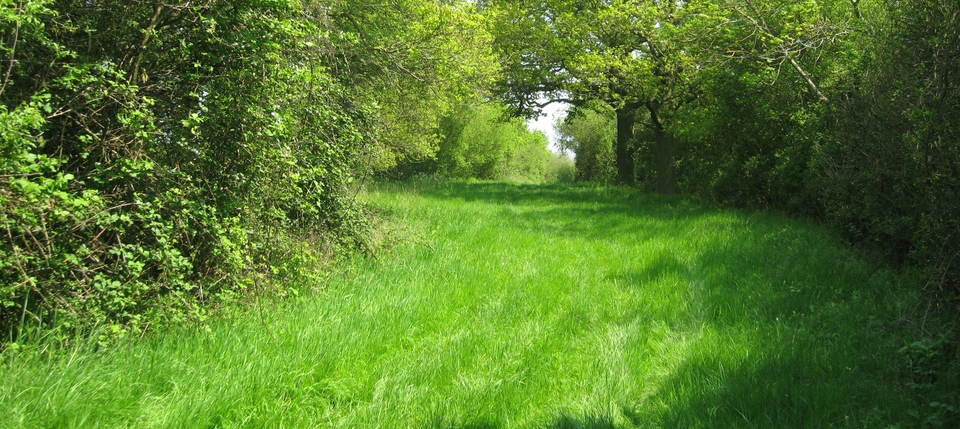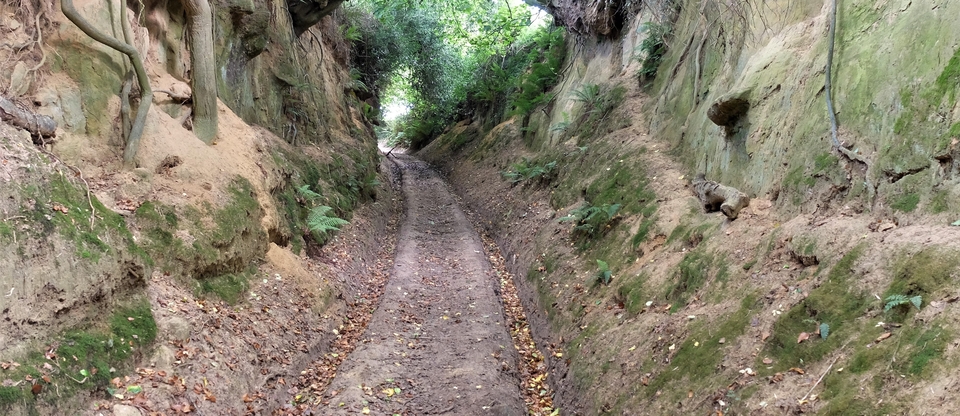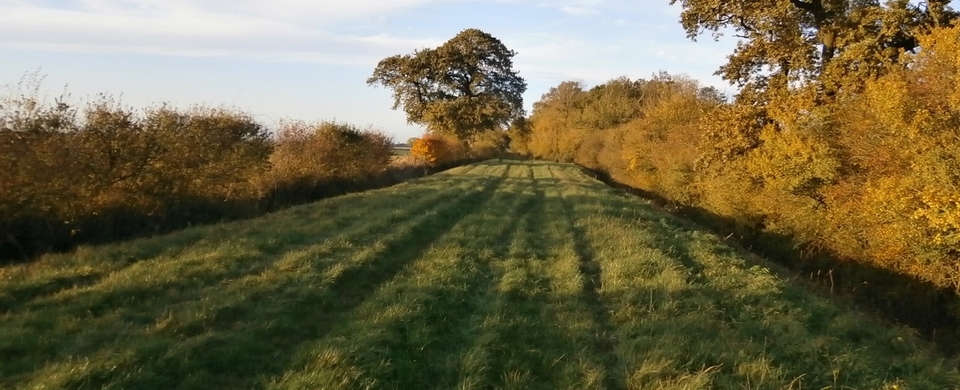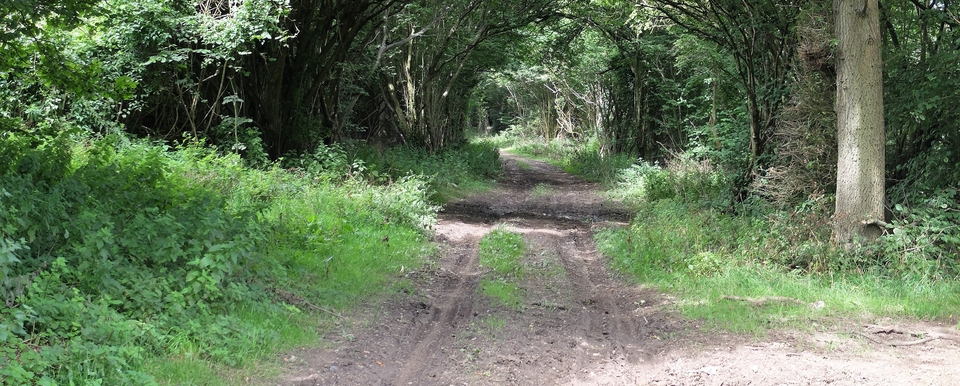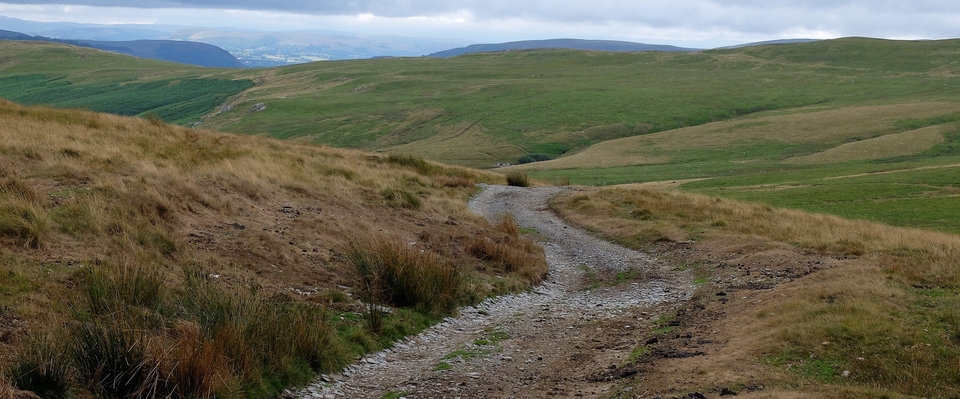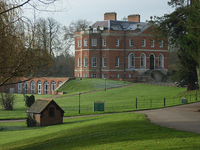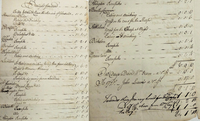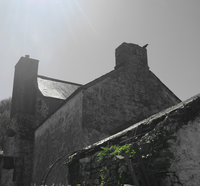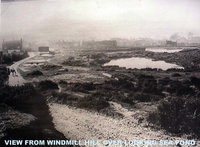The Clayton Accounts
The Clayton family had bought Harleyford in 1736, but the old house was pulled down 20 years later and replaced by a splendid (see #1) mansion on the Thames outside Marlow. The Claytons also owned Greenland Farm nearby.
Sir William Clayton of Harleyford (1718–1783), 2nd Baronet, was married three times, the second time to Maria Lloyd, co-heiress of the Allt y Cadno estate in Carmarthenshire1. When she died in 1763, Sir William inherited Allt y Cadno and spent the rest of his life as an MP, maximising the incomes of his two estates.
Clayton was a friend of George Rice2 of Newton House, Llandeilo, a landowner related to Clayton's wife. The two men used the same estate manager, William Roderick, who employed the drovers John Lewis and David Owen.
The two landowners cooperated in bringing modern farming methods to Wales: in 1773 Rice wrote to Clayton thanking him for supplying turnip seed.
The Allt y Cadno accounts that survive3 show that for over 20 years Clayton shuffled sheep from Wales to England – a good way of moving money across the country – and brought back Herefordshire & Gloucestershire ewes to improve his stock. The Welsh beasts (wethers) cost him between 6/= and 7/6d at Llanybydder and other markets; drovers' costs were between £5 and £6 for the 170-mile journey using the turnpike4. The charge for sheep at tollgates was 5d a score, so only 80-100 sheep were on each drove (see top of #2).
One wonders, Why so few? Drovers' costs would have been a far smaller percentage of the total if ten times the number of sheep had been driven.
Notes on the route:
- Maescodin: 2 kms north-west of Llangadog.
- Llandovery: note ‘Trecastle Mountain'. I've described the old Roman route under the South/Mid-Wales tab.
- Trecastle: the men stayed two nights to avoid droving on a Sunday. (Ditto the entry under Lechlade.5) The law against droving & other commercial activities on a Sunday was passed in 1627 and again in 1676; the penalty was ‘twenty shillings'. The law was widely disregarded by the date of this drove, so Mr Lewis was probably a religious man.
- The drove then took what is now the A40 to Brecknock (Brecon) and continued through Bwlch to Crickhowell, following the Usk...
- ... veering north of Abergavenny to Llantilio Pertholey, then following the River Trothy for much of the way to Rockfield, west of Monmouth.
- They went through the Forest of Dean (Coleford and Huntley Common)to Gloucester...
- Just east of Brockworth there is a crossroads at SO 898160, site of Horse by the Bridge. There is still an inn there.
- After Birdlip the drove joined Ermine Street towards Cirencester for a few miles before turning east on to ‘Welsh Way' at 992073.
- Then came Fairford (Burfoot), Letchlade, Faringdon and Kingston (Bagpuize? Famous inn "The Lamb & Flag"?) before the important market of Abingdon. Buscot should probably read Burcot, a small village on the Thames four miles east of Abingdon.
- They may have crossed the Thames at Wallingford, which people say is derived from “Welshman's Ford”. Bantley Common I cannot find. It may be under the tarmac of Benson aerodrome...
- ...up to Nettlebed – Why? *JUNE '15 Having puzzled over this, I was supplied with the answer by Ann Cole. She says the stretch of (Roman) road between Dorchester & Henley was almost waterless as it traversed the dry chalk downland of the Chilterns. But at Nettlebed there is a small patch of London Clay on the hilltop (#5) where it was possible to create waterproof ponds. Travellers stopped at N. to water their thirsty beasts (and themselves), and, incidentally, the cattle's urine provided plenty of phosphates needed for nettles to flourish.
- Then down to Bix, just west of Henley, before branching left and following the Thames up to Greenland Farm.
POSTSCRIPT: Allt-y-Cadno was in ruins by the early 19th century, so was almost completely demolished to make way for a new farmhouse. Scraps of the original remain, though - see #4.
1 OS ref: SN 455135
2 The Rice family later became the holders of the Baronetcy of Dynevor (Dinefwr).
3 In Carmarthen Record Office. My thanks to Rowan Watson for his article on Allt y Cadno in The Carmarthenshire Antiquary (1981), which gave me all the material above. And special thanks, too, to Chris McCann for pointing out the article.
Rowan Watson discusses a range of topics, e.g. the varieties of men one might have found on the road with beasts: the experienced drover commissioned by a rich landowner, like Clayton; the self-employed dealer entrusted with stock by a number of local farmers; or the farmer himself, on the road with his animals as a part-time occupation.
4 Speed and safety were more important than cost to most dealers.
5 Trecastle and Lechlade are 103 miles apart, which was covered in six days. 17 miles a day – average for sheep.
